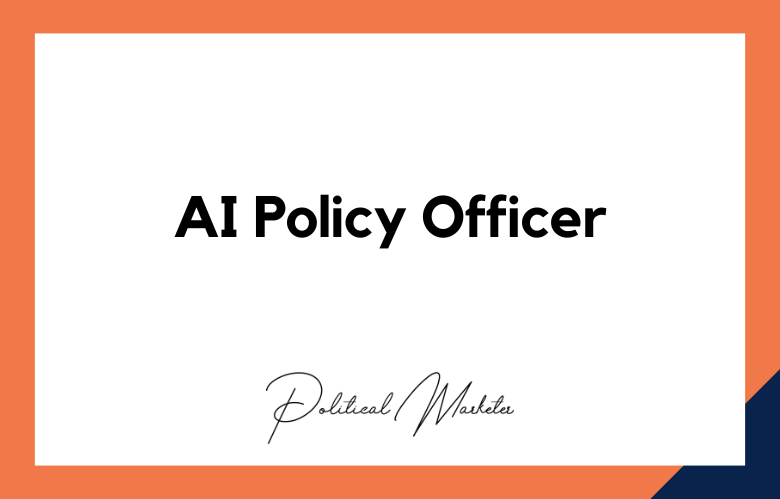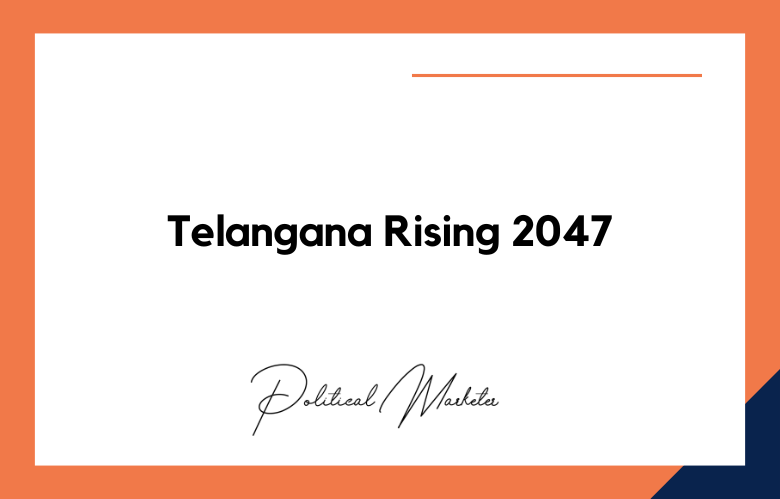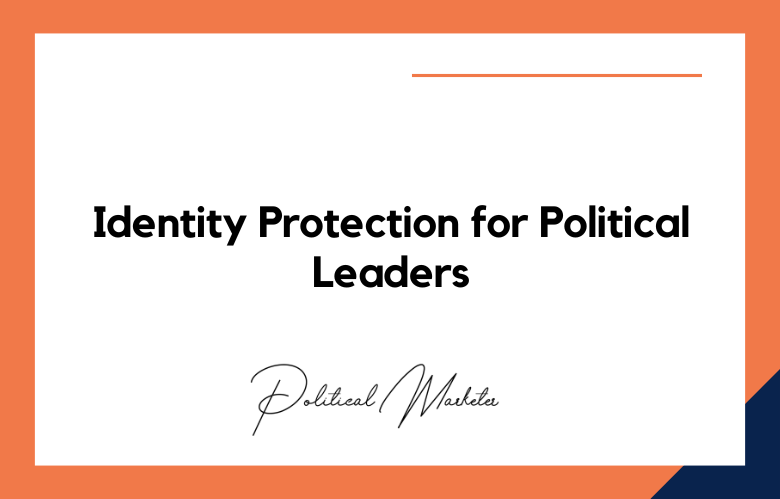Predictive analytics is a powerful tool to help political campaigns target voters more effectively. Using data and advanced statistical techniques, campaigns can identify voters most likely to support their candidate and tailor their messaging and outreach efforts accordingly.
What is Predictive Analytics?
-
Regression Analysis: A statistical method used to model and analyze the relationship between a dependent variable and one or more independent variables.
-
Classification: A machine learning technique that assigns data points into predefined categories or classes based on features or attributes.
-
Clustering: A machine learning technique that groups similar data points into clusters based on their inherent similarities.
-
Association Rule Learning: A machine learning method to identify exciting relationships or associations between variables in large databases.
-
Decision Trees: A supervised learning algorithm used to model decisions and their possible consequences.
-
Random Forests: An ensemble machine learning algorithm that uses multiple decision trees to improve the accuracy and stability of predictions.
Predictive Analytics for Voter Targeting for Political Campaigns
Predictive analytics is a powerful tool for voter targeting in political campaigns. It enables campaigns to better understand their target audience, identify opportunities, and make data-driven decisions that maximize their chances of success.
By leveraging predictive analytics, campaigns can create more effective and efficient voter outreach strategies, ultimately increasing their chances of winning.
In addition, predictive analytics can help campaigns test and refine their messaging strategy, ensuring they reach voters with the most resonant and persuasive messaging. By analyzing voter responses to messages, campaigns can identify which messages resonate most strongly with specific voter segments and tailor their messaging accordingly.
Overall, predictive analytics represents a powerful tool for political campaigns looking to optimize voter targeting and increase their chances of success. By leveraging data and advanced statistical techniques, campaigns can create more effective and efficient voter outreach strategies, ultimately increasing their chances of winning.
Cracking the Code: How Predictive Analytics Optimizes Voter Targeting
Predictive analytics has emerged as a powerful tool for political campaigns, enabling them to better understand and target their audiences. By leveraging data on voter behavior, demographics, and past voting history, campaigns can create more accurate voter profiles, identify key voter segments, and tailor their messaging and outreach efforts accordingly.
Predictive analytics allows campaigns to segment voters based on their demographics, behavior, and attitudes, enabling them to tailor their messaging and outreach efforts to specific groups.
For example, campaigns can use predictive analytics to identify voters most concerned about a particular issue and tailor their messaging to address those concerns. They can also use predictive analytics to identify voters most likely to be persuaded by a specific argument or messaging strategy, enabling them to focus their resources on the most effective approaches.
Playing Politics: Harnessing Predictive Analytics for Smarter Campaigns
Predictive analytics has become an increasingly important tool for political campaigns looking to optimize voter targeting and increase their chances of success. By leveraging data on voter behavior, demographics, and past voting history, campaigns can create more accurate voter profiles, identify key voter segments, and tailor their messaging and outreach efforts accordingly.
One critical advantage of predictive analytics is its ability to segment voters based on their likelihood of supporting a particular candidate or cause. By analyzing voter behavior, demographics, and past voting history, campaigns can identify which voters are most likely to support their candidate and prioritize their outreach efforts accordingly.
The Data Game: Using Predictive Analytics to Predict Voting Behavior
Predictive analytics has become a game-changer in political campaigning. It enables campaigns to better understand voters and target them based on their likelihood of supporting a particular candidate or cause.
By analyzing voter behavior, demographics, and past voting history, campaigns can create more accurate voter profiles, identify key voter segments, and tailor their messaging and outreach efforts accordingly.
One critical advantage of predictive analytics is its ability to segment voters based on their likelihood of supporting a particular candidate or cause. By analyzing voter behavior, demographics, and past voting history, campaigns can identify which voters are most likely to support their candidate and prioritize their outreach efforts accordingly.
Targeting Tactics: Leveraging Predictive Analytics in Political Campaigns
The ability to accurately target voters is a critical component of any successful political campaign, and predictive analytics has emerged as one of the most powerful tools for achieving this goal. By leveraging data on voter behavior, demographics, and past voting history, campaigns can create more accurate voter profiles, identify key voter segments, and tailor their messaging and outreach efforts accordingly.
Predictive analytics can segment voters based on their likelihood of supporting a particular candidate or cause, enabling campaigns to prioritize their outreach efforts accordingly. For example, campaigns can use predictive analytics to identify voters most likely to be persuaded by a particular issue or messaging strategy and focus their resources on those voters.
Winning Hearts and Minds: The Power of Predictive Analytics in Voter Targeting
In the highly competitive world of political campaigning, predictive analytics has become a powerful tool for campaigns looking to win hearts and minds by targeting voters with the most resonant and persuasive messaging.
Predictive analytics enables campaigns to segment voters based on their likelihood of supporting a particular candidate or cause, allowing them to focus their resources on those most likely to make a difference. By targeting their messaging and outreach efforts toward these voters, campaigns can increase their chances of winning support and expanding their support base.
Predicting the Future: How Analytics is Revolutionizing Political Campaigning
The world of political campaigning has undergone a dramatic transformation in recent years, with the advent of data-driven strategies and the rise of predictive analytics. Today, campaigns have access to more data than ever, enabling them to better understand and target voters, predict voter behavior, and maximize their impact.
Predictive analytics is at the heart of this revolution, allowing campaigns to analyze vast amounts of data and identify patterns and trends that can inform their strategy and messaging. By leveraging data on voter behavior, demographics, and past voting history, campaigns can create more accurate voter profiles and identify key voter segments, enabling them to tailor their messaging and outreach efforts accordingly.
Overcoming Voter Blindspots: Predictive Analytics as a Game-Changer
Voter blind spots can be a significant obstacle for political campaigns, making it difficult to accurately predict voter behavior and tailor messaging accordingly. However, with the advent of predictive analytics, campaigns now have a powerful tool for overcoming these blind spots and gaining a deeper understanding of the electorate.
One critical advantage of predictive analytics is its ability to analyze data on voter behavior and past voting history to identify patterns and trends that may not be immediately apparent. By leveraging this data, campaigns can identify potential supporters and undecided voters who may have previously gone unnoticed, enabling them to target their messaging and outreach efforts toward these voters.
The Science of Success: How Predictive Analytics Drives Political Campaigns
Predictive analytics is transforming the political landscape by enabling campaigns to overcome one of their biggest challenges: voter blind spots. Using data and advanced statistical techniques, campaigns can identify and reach voters who may have been overlooked, giving them a competitive advantage in the race for support and votes.
One critical challenge in political campaigning is identifying and reaching voters who may be open to persuasion but are not vocal or engaged in traditional political activities. Campaigns often ignore these voters, leading to missed opportunities and wasted resources.
Conclusion :
Predictive analytics has become an increasingly important tool for political campaigns looking to target and engage with voters more effectively. By leveraging data on voter behavior, demographics, and past voting history, campaigns can create more accurate voter profiles, identify key voter segments, and tailor their messaging and outreach efforts accordingly.
Predictive analytics can also identify potential supporters and undecided voters, enabling campaigns to focus their resources on those most likely to be persuaded. This increases the efficiency and effectiveness of campaign efforts and promotes campaigns’ personalization of messaging and outreach, making it more relevant and resonant with voters.
Call: +91 9848321284
Email: [email protected]
Predictive Analytics for Voter Targeting: FAQs
What is predictive analytics in political campaigning?
Predictive analytics uses historical data, algorithms, and machine learning to forecast voter behavior and preferences.
How does predictive analytics help in voter targeting?
It identifies persuadable voters, personalizes messages, and optimizes outreach based on the likelyhood of voter support or turnout.
What types of data are used in predictive voter models?
Campaigns analyze voter rolls, demographics, voting history, social media behavior, geolocation, issue interests, and consumer data.
Why is predictive modeling important for political campaigns?
It improves resource allocation, message relevance, and voter engagement by focusing on high-impact voter segments.
What is the difference between descriptive and predictive analytics in politics?
Descriptive analytics summarizes past actions, while predictive analytics forecasts future voter behavior.
Can predictive analytics increase voter turnout?
Yes. It identifies low-turnout supporters and targets them with reminders, personalized messaging, and GOTV efforts.
How do political campaigns segment voters using analytics?
They group voters by behavior, demographics, and values to create highly targeted communication strategies.
What role does machine learning play in predictive voter targeting?
Machine learning enhances models by identifying patterns and continuously improving predictions through real-time data.
Is predictive analytics used in both digital and ground campaigns?
Yes. It supports digital ad targeting, email campaigns, door-knocking, phone banking, and volunteer mobilization.
How accurate are predictive models in political campaigns?
Model accuracy depends on the quality and volume of data, with well-designed models offering high prediction reliability.
What are voter scores or propensity scores?
These scores estimate a voter’s likelihood to support a candidate, donate, or vote, guiding campaign priorities.
Can predictive analytics identify swing voters?
Yes. It pinpoints voters with uncertain leanings, allowing campaigns to focus their persuasion efforts strategically.
What ethical concerns surround predictive voter targeting?
Key concerns include data privacy, lack of consent, algorithmic bias, and the risk of manipulative microtargeting.
How do campaigns collect data for predictive analytics?
They use public records, online behavior, surveys, social media data, and third-party consumer databases.
What tools are commonly used for political predictive analytics?
Popular tools include R, Python, Tableau, SQL, Google Cloud, AWS, and platforms like Civis Analytics and NGP VAN.
How do campaigns personalize messages using predictions?
They align content with predicted preferences, using customized tones, issues, and delivery channels per voter group.
Can predictive analytics influence campaign timing and strategy?
Yes. Campaigns use insights to decide when to contact voters, run ads, and introduce specific narratives.
Is predictive analytics only useful during elections?
No. It’s also effective for onboarding, engagement, policy testing, fundraising, and crisis response.
How do campaigns test and validate their predictive models?
They conduct A/B testing, compare predictions to past election results, and refine models based on live campaign data.
What is the future of predictive analytics in politics?
Advancements will include deeper AI integration, real-time modeling, and hyper-personalized voter communication.










